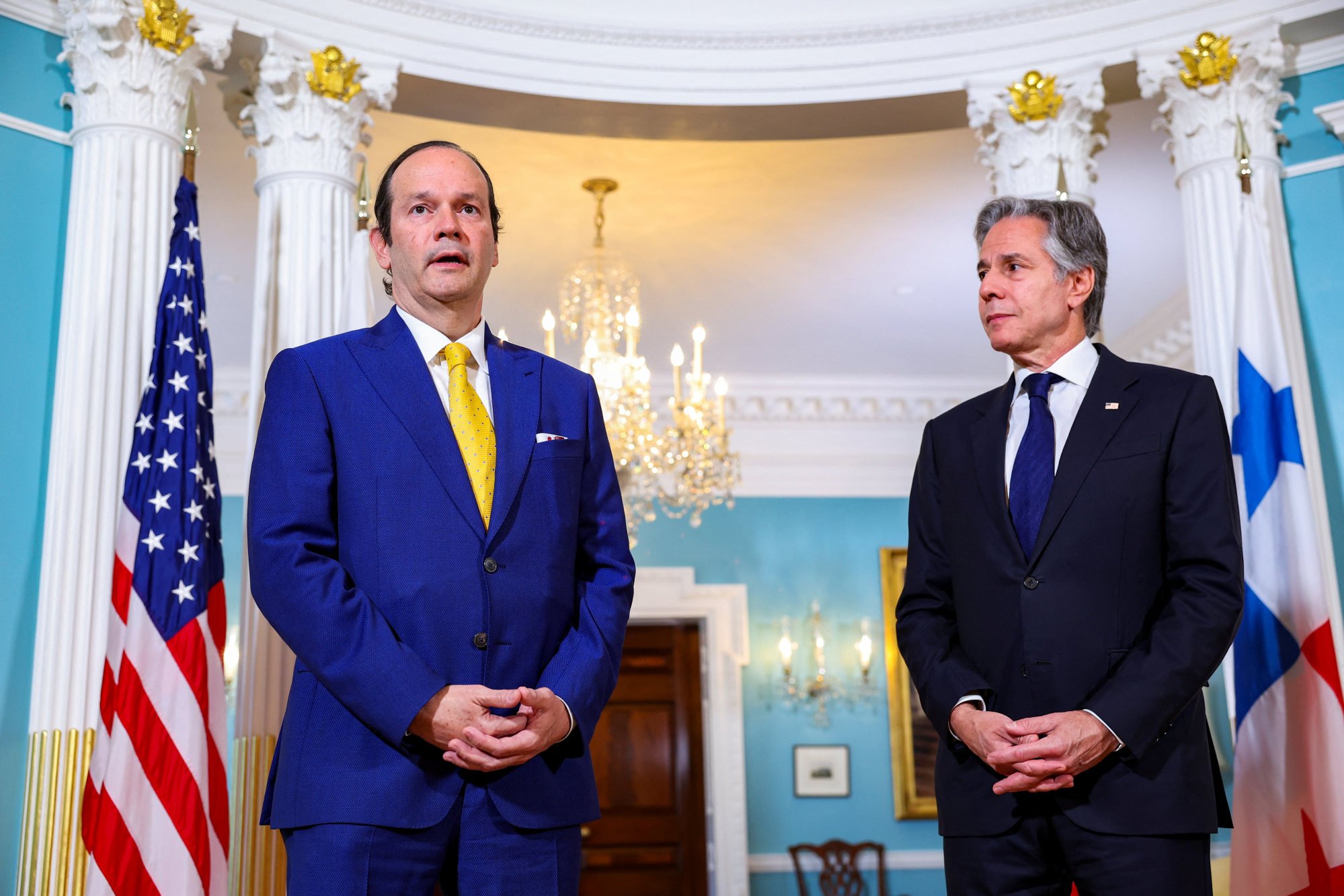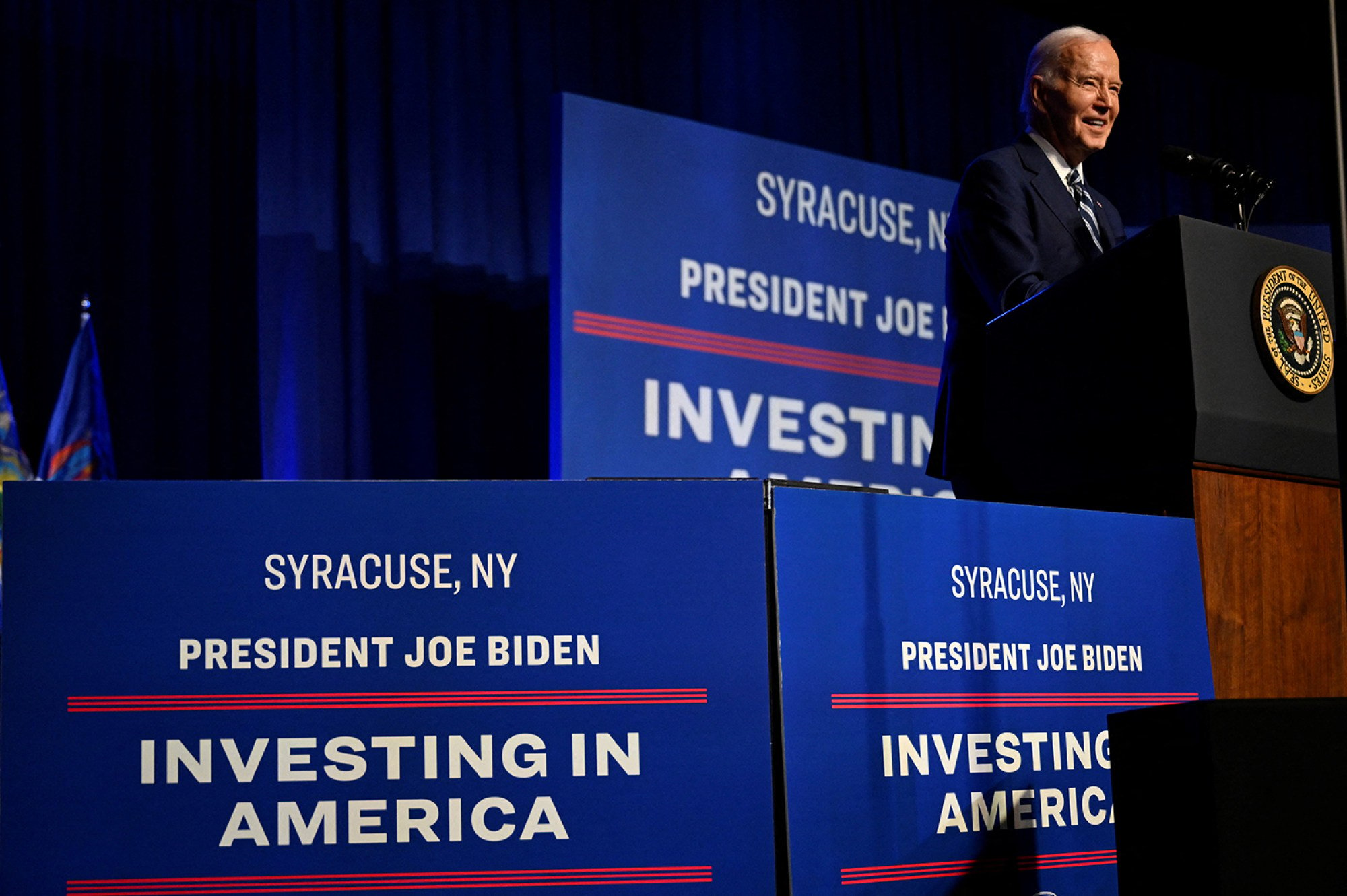The United States has launched a programme meant to expand semiconductor manufacturing in Mexico, Costa Rica and Panama, with plans to potentially include other countries in the Americas.
Secretary of State Antony Blinken announced the Western Hemisphere Semiconductor Initiative on Wednesday during opening remarks at the Americas Partnership ministerial plenary meeting in Washington.
US President Joe Biden began the group during the 2022 Americas Summit in Los Angeles. At the time, the strategy was promoted as a way to “tackle economic inequality, foster regional economic integration and good jobs, and restore faith in democracy by delivering for working people across the region”.
Do you have questions about the biggest topics and trends from around the world? Get the answers with SCMP Knowledge, our new platform of curated content with explainers, FAQs, analyses and infographics brought to you by our award-winning team.
The group comprises the US, Barbados, Canada, Chile, Colombia, Costa Rica, the Dominican Republic, Ecuador, Mexico, Panama, Peru and Uruguay. Experts see this as a way of countering China’s growing influence in Latin America.
Blinken said the initiative was the result of the Americas Partnership Semiconductor Workforce Symposium, which took place in Costa Rica in January.
He said local leaders were working to “identify ways that the region can play a larger role in the global supply chain for this critical technology”.

“This initiative will turbocharge countries’ capacity to assemble, test and pack semiconductors,” Blinken said.
“We have a historic opportunity to help realise the aspirations of our people, strengthen their faith in our democracies and build a more equitable, sustainable and prosperous region for everyone.”
Jose Fernandez, the US undersecretary for economic growth, said the Inter-American Development Bank would support the initiative in partnership with private companies already operating in the region.
But Paul Triolo of the Albright Stonebridge Group, a Washington-based consulting firm, was sceptical about how easy it would be to implement the plans announced by US officials.
He said the initiative would probably focus on packaging and testing but not on front-end manufacturing because “no major ... firms are likely to want to establish a presence in these countries”.
Triolo pointed out that even in the US, “major front-end manufacturing firms that have received funding under the Chips Act are struggling to build advanced ... facilities,” largely because of the “shortages of skilled workers to build and operate the fabs”.
Even building a significant packaging ecosystem in Mexico, Panama and Costa Rica could be “very challenging”, Triolo said, “given the scale of investment required, unclear sources of trained personnel and the long-term ability of the US to support such an effort”.
Washington has been working to diversify partners and decentralise the production of advanced chips, a market currently led by Taiwan.
The self-governing island accounts for 70 per cent of the global market, but security concerns and military threats from Beijing have raised fears of potential supply chain disruptions.

Costa Rica was one of the first countries in the region to benefit from investment in the semiconductor sector. Last year, Intel announced plans to invest up to US$1.2 billion there to build the company’s only semiconductor chip assembly and testing facility in the West.
Part of this investment will be directly subsidised by the Chips and Science Act. The legislation, sponsored by the Biden administration and passed by Congress in 2022, provides US$53 billion to promote semiconductor research and manufacturing.
According to the White House, the strategy aims to “strengthen American manufacturing, supply chains and national security, and invest in research and development, science and technology” to counter China.
Following the partnership with Costa Rica, the State Department announced in July 2023 that it was reviewing “Panama’s current semiconductor ecosystem, regulatory framework and workforce and infrastructure needs”, with an eye toward “future collaboration on developing this critical sector”.
A similar announcement regarding Mexico was released by the State Department in March.
More from South China Morning Post:
- Biden signs law authorising US$53 billion in subsidies for semiconductor makers in US
- US, semiconductor firms in ‘tough’ talks over funding American chip manufacturing: commerce secretary
- Biden pitches infrastructure plan for Latin America as ‘debt trap’ alternative
For the latest news from the South China Morning Post download our mobile app. Copyright 2024.





